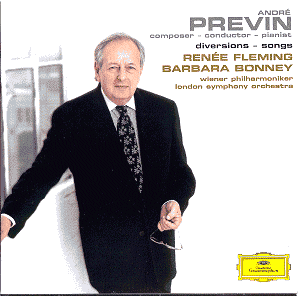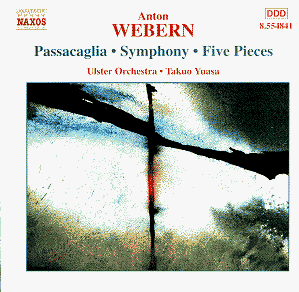 Composer: Marcantonio Cavazzoni (c.1490-c.1570)
Composer: Marcantonio Cavazzoni (c.1490-c.1570)
Works: Ricercare, Toccata (Claudio Merulo), Fantasia allegra, Ricercare arioso (Andrea Gabrieli), Canzon detta la Spiritata (Giovanni Gabrieli), Canzona francesa prima, Canzona francesa quarta, Durezze e ligature, Ricercare del Sesto Tono Cromatico, Ricercare dell’Ottavo Tono sopra Ruggiero (Giovanni Maria Trabaci), Fantasia prima, sopra un soggetto, Ricercare quarto, sopra mi, re, fa, mi (Girolamo Frescobaldi), Fuga (Giovanni Paolo Colonna), Fuga (Bernardo Pasquini)
Performers: Sergio Vartolo (organ)
Recording: Recorded on the Dallam organ of Lanvellec, Brittany (France), 7-9 Sep. 1993
Label: K617
The organ music of Marcantonio Cavazzoni, a pivotal figure in the evolution of keyboard composition during the Renaissance, serves as a crucial touchstone for understanding the transition toward Baroque idioms. This recording, featuring a selection of works from Cavazzoni and his contemporaries, presents an opportunity to explore both the historical significance of these pieces and the interpretative choices made by organist Sergio Vartolo. The album’s focus on the Dallam organ in Lanvellec, Brittany, further enriches the listening experience, although it raises questions about the appropriateness of the instrument’s registration in relation to the music’s origins.
Vartolo’s interpretations of Cavazzoni’s Ricercare are intriguing, yet they often stray into a realm of exaggerated expressiveness that may obscure the inherent delicacy of the music. Cavazzoni’s works, characterized by their abstract nature, demand a nuanced understanding of counterpoint and texture. Vartolo’s approach to articulation and phrasing sometimes detracts from the clarity of the polyphonic lines, resulting in a performance that feels overly forceful rather than contemplative. This is particularly evident in passages where the interplay of voices should be highlighted, yet instead becomes muddied by an unyielding registration.
The Toccata by Claudio Merulo, included in this program, illustrates the challenges of balancing improvisational freedom with structural integrity. Merulo’s work is a celebration of rhythmic vitality and intricate motifs, yet Vartolo’s registration choices often lead to an unrelieved loudness that flattens the dynamic range. The small acoustic of the Lanvellec church, coupled with Vartolo’s decision to emphasize the higher pitches, results in a sound that lacks the warmth and richness one might expect from a Venetian context. The opening measures of the Toccata, intended to evoke a sense of spontaneity, instead feel mechanical, as Vartolo’s interpretation imposes a rigid tempo that neglects the fluidity essential to the music’s character.
In contrast, the performances of Giovanni Maria Trabaci’s works, such as the Canzona francesa quarta and the Ricercare on “Ruggiero,” reveal a greater sensitivity to the rhythmic pulse that should underpin each piece. However, Vartolo’s tendency to manipulate these rhythms, while ostensibly an artistic choice, risks alienating the listener from the music’s natural progression. Trabaci’s compositions afford ample room for interpretation, yet the excessive liberties taken here disrupt the coherence and flow that are integral to their enjoyment. A more straightforward approach would have allowed the music to resonate in its own right, rather than requiring Vartolo’s intervention to make it ‘speak.’
Sound quality and engineering play a significant role in this recording, with the close miking of the Dallam organ emphasizing certain tonal qualities while sacrificing depth. The resulting sound can occasionally feel one-dimensional, lacking the spatial resonance that would enrich the listening experience. While the intention may have been to capture the intricacies of the organ’s voice, the recording ultimately fails to convey the majestic character of the instrument in a manner that aligns with historical performance practices.
The final piece on the recording, a Fuga by Bernardo Pasquini, does showcase some of Vartolo’s strengths, revealing a more refined touch and a greater understanding of the work’s structural demands. Here, the organist allows the music to unfold organically, creating a sense of drama and tension that is often lacking in earlier selections. This closing example suggests that when Vartolo steps back from his interpretative zeal, the music can indeed shine.
The recording offers a tantalizing glimpse into a rich repertoire, yet it ultimately serves as a cautionary tale about the perils of over-interpretation. The potential inherent in Cavazzoni and his contemporaries’ works is not fully realized through Vartolo’s idiosyncratic approach. Ambitious listeners seeking authentic representations of early keyboard music may find greater satisfaction in recordings that allow the music to speak for itself, free from excessive manipulation.



